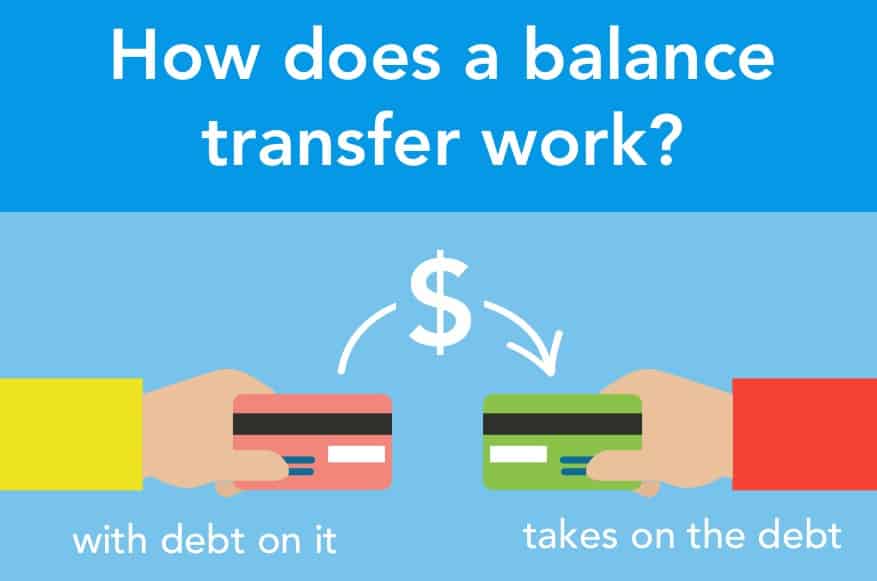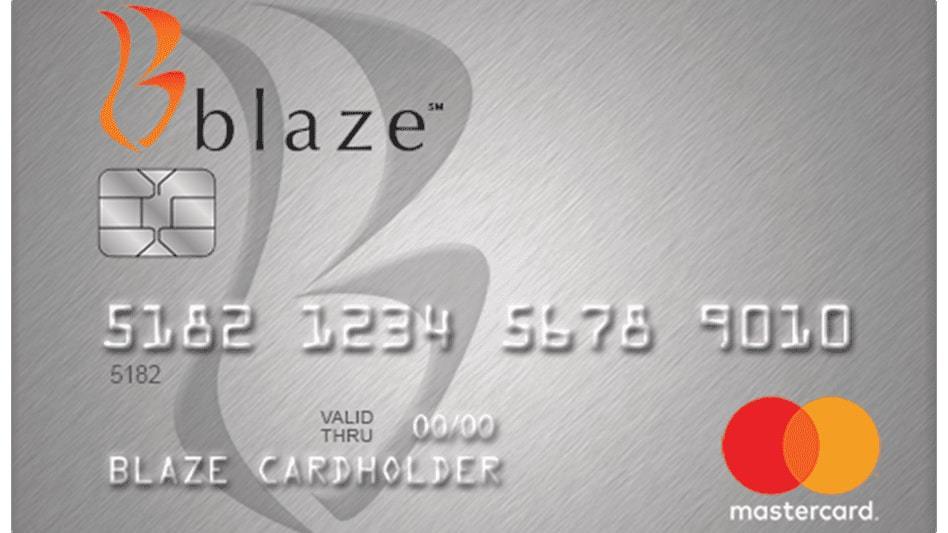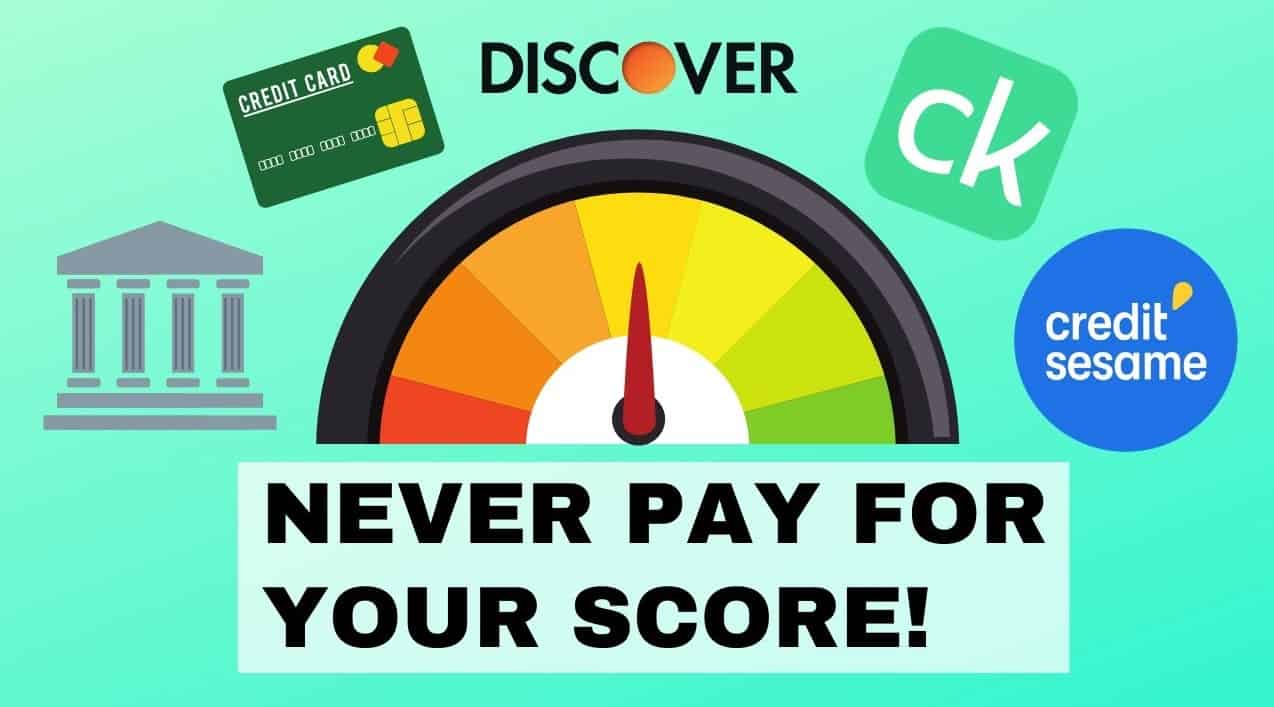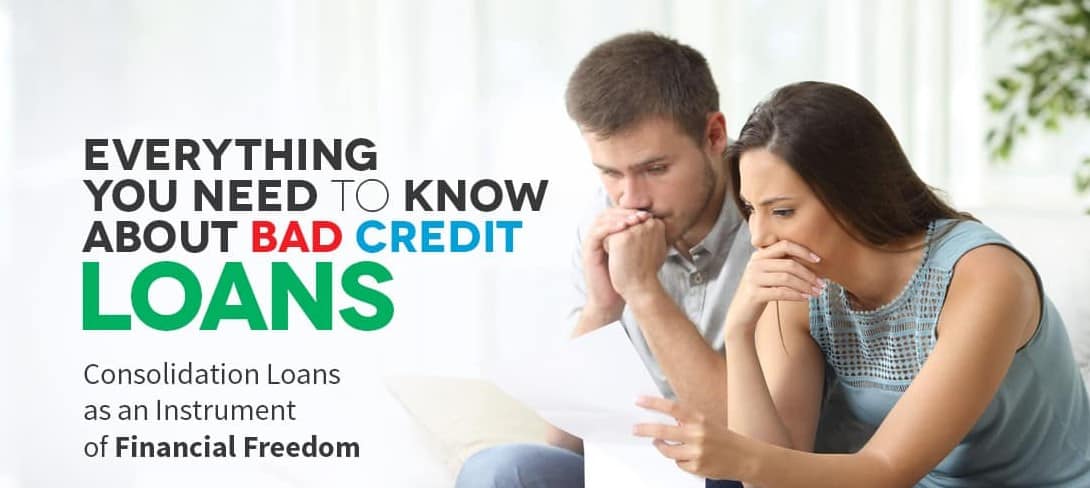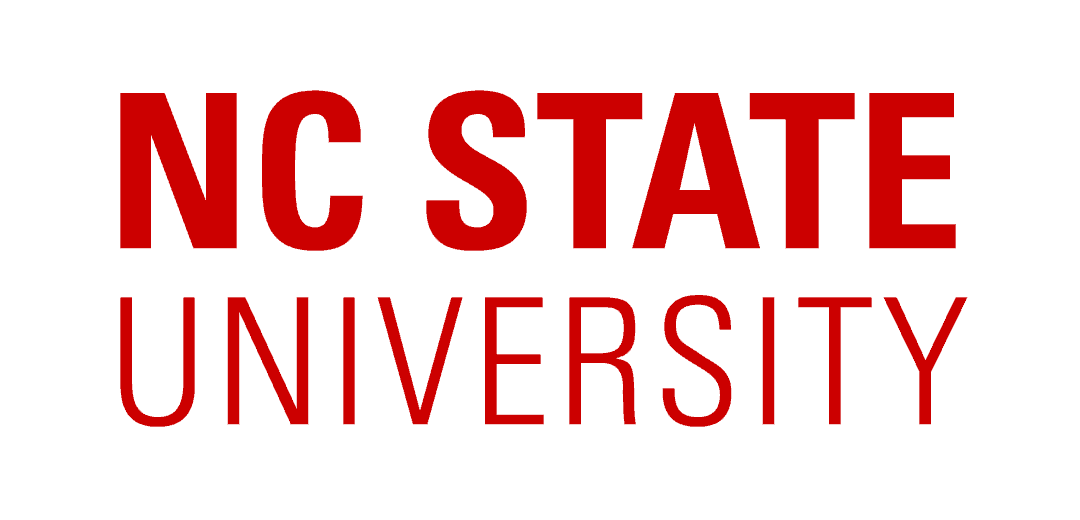Debts have become a struggle for many households. The COVID-19 pandemic has created a recession that is sweeping across the globe. More and more people are finding themselves with more credit card debt than money in savings.
The reality is that it is taking longer for most people, especially cardholders, to pay their debts. This delay in paying down debts leads to a significant amount of money lost to interest along the way. If you have racked up debt on a high-interest card, what options do you have? There is a simple solution for you: opting for balance transfer credit cards.
This post discusses balance transfers: what they are and how they work. Read on to find out more.
What is a balance transfer?
In the simplest terms, a balance transfer is an opportunity for you to transfer debt from one credit card to another credit card, usually with better terms. In most cases, the transfer is from a high-interest credit card to a lower interest credit card. Please remember that this does not help you avoid paying the debt. You will still have to pay the debt.
If you transfer the debt to a lower interest card, the amount of interest you will pay can be reduced. This is, perhaps, the reason why most credit cardholders opt for balance transfers.
Keep in mind that balance transfers are not only limited to credit card debts. With certain credit cards, you can also rollover personal loans and student loans.
A balance transfer can be a good opportunity for you to take control of your debts. This transaction can save you the pain of high and choking interest rates. It can also help you to combine several payments into one card.
How does a balance transfer work?
Balance transfers are transactions that occur when a cardholder moves all or part of his debt from a credit card to a balance transfer card.
Most balance transfer credit cards come with a 0% interest offer for a limited period. This could save you money on interest payments and use the money to settle your debt faster. You will, however, be charged a fee that is expressed as a percentage of the amount being transferred, and the amount will be added to your balance.
The process of balance transfers varies widely depending on the bank policies and the fine print on your credit card agreement.
Should I do a balance transfer?
Balance transfers have both advantages and disadvantages. If wisely used, balance transfer credit cards will help you pay off your debt in time.
As you read on, this post will discuss both the pros and cons of balance transfers in detail. Thoroughly consider all the pros and cons before deciding on whether to apply for a balance transfer or not.
To makes things easier for you, think about the following before applying for a balance transfer credit card:
- How long will the introductory offer last?
- What is the balance transfer fees?
- What is the credit limit?
Advantages of balance transfer
Balance transfers come with several advantages, as discussed below:
- You can combine your credit card debt. If you carry balances on several credit cards like Blaze credit cards, you can combine them onto one balance transfer credit card. This will save you the hassle of making several monthly payments or tracking several due dates. This feature makes it simpler to manage your payments.
- You can enjoy a lower credit card interest rate. If the interest rate on your current credit card balance is high and unsustainable, you can roll it over to a lower interest rate credit card. With a reduced interest rate, more of your monthly payments will go towards clearing your credit card balance instead of monthly interest payments.
- You can take advantage of better credit card terms. Better terms can be in the form of lower finance charges and longer grace periods. Good credit cards offer rewards on every new purchase.
- May increase your credit score. In the long run, balance transfers may improve your credit score. This is because it will reduce your utilization rate. A lower utilization rate is viewed as a sign of responsible credit use.
Disadvantages of balance transfers
Despise free lunch. Let’s just say there's no free lunch. Advantageous as they may sound, balance transfers have their potential downside.
- There is no guarantee of a lower interest rate. If you are not eligible for an introductory credit card offer, you could end up with a higher interest rate. Only those credit cardholders with a good credit score get to enjoy lower interest rates.
- There is a risk of more debt. When your interest rate burden is lifted, you run the risk of incurring more debt. You may end up with more debt even when you initially intended to reduce your debt burden.
- Balance transfer fee. Balance transfers are not free. A fee is charged for each balance transfer. The fee is usually a percentage of the amount transferred. In most cases, the fee ranges from 2% to 5% of the amount transferred.
- They require that you have an excellent credit score. You will only enjoy those introductory credit card offers like 0% balance transfer if you have an excellent credit standing.
Bottomline
In conclusion, balance transfers are the ray of light for those stuck in the dark tunnel of debt. To ensure that you are getting a good deal, pay keen attention to the terms of the balance transfer. If you are eligible for a 0% introductory offer, make sure you pay the outstanding balance during the offer period.

